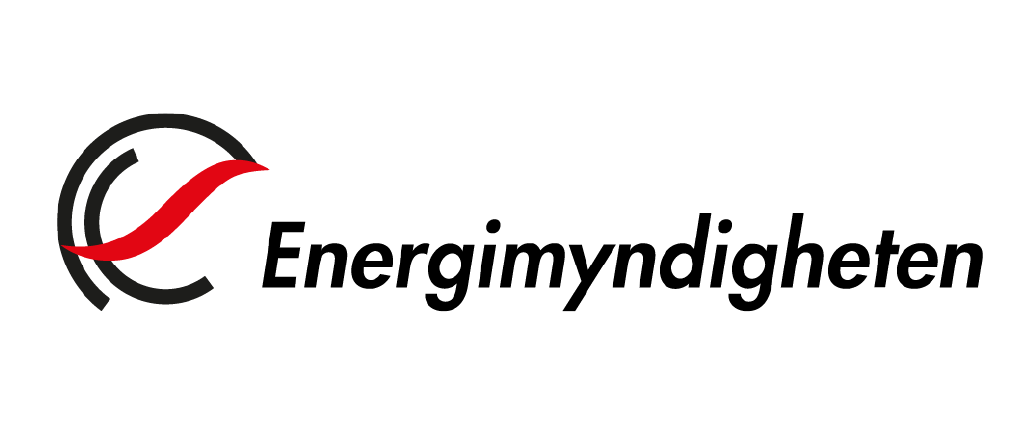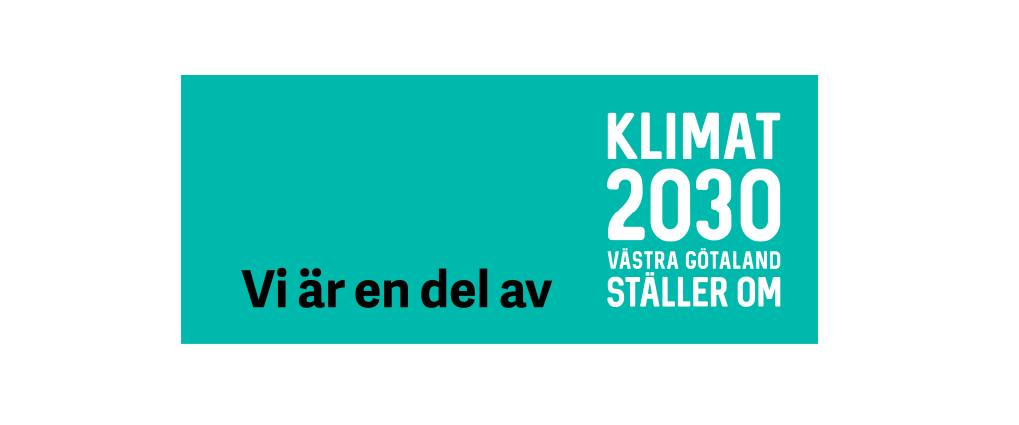Indoor air quality in passive and conventional new houses in Sweden
- Utgivare: Building and Environment
- År: 2015
- Författare: Anna Widheden, Erica Bloom, Gabriel Bekö, Lars Ekberg, Sarka Langer
- Typ: Vetenskaplig artikel
The indoor environment was evaluated in 20 new passive houses and 21 new conventionally built houses during the 2012/2013 and 2013/2014 heating seasons. Temperature, relative humidity (RH), the concentrations of NO 2 , ozone, formaldehyde, volatile organic compounds (VOC) and viable microbiological flora were measured. Air exchange rates (AER) were estimated from the CO 2 concentrations measured in the bedrooms. The median AER was slightly higher in the passive houses than in the conventional ones (0.68 h-1 vs. 0.60 h-1). The median concentrations in the passive and the conventional buildings were 10 and 12μg/m3 for NO 2 , 9.7 and 11 μg/m3 for ozone, 11 and 16μg/m3 for formaldehyde, and 270 and 150 μg/m3 for TVOC, respectively. Significant differences in the TVOC and formaldehyde concentrations between the two groups of buildings indicated substantial sources of TVOC present in the passive houses, while sources of formaldehyde may have been more pronounced in the conventional houses. In contrast to the passive houses, the indoor microbiological flora indicated possible mould or moisture problems in six (29%) of the conventionally built houses. When compared with the results previously reported for the Swedish housing stock, AERs and NO 2 concentrations were significantly higher in both groups of newly built buildings, while formaldehyde concentrations were significantly lower in the passive houses. TVOC concentrations were not significantly different from those reported for the housing stock, although the most abundant individual VOCs were present mostly at higher concentrations in the new buildings.
Available online here.





